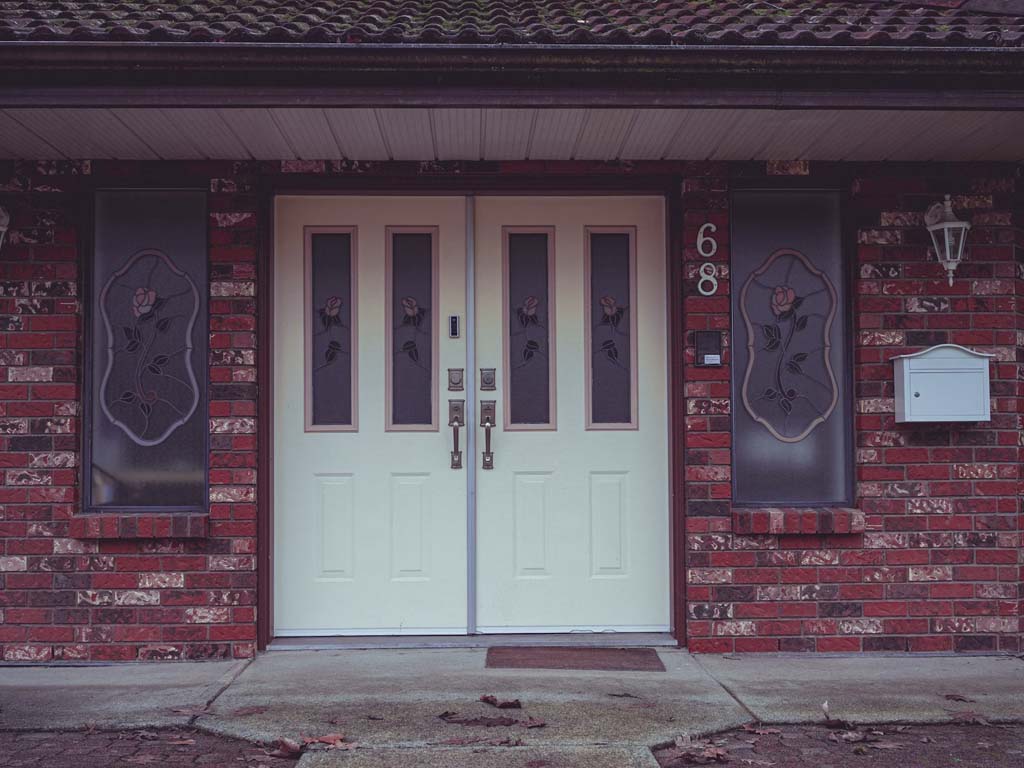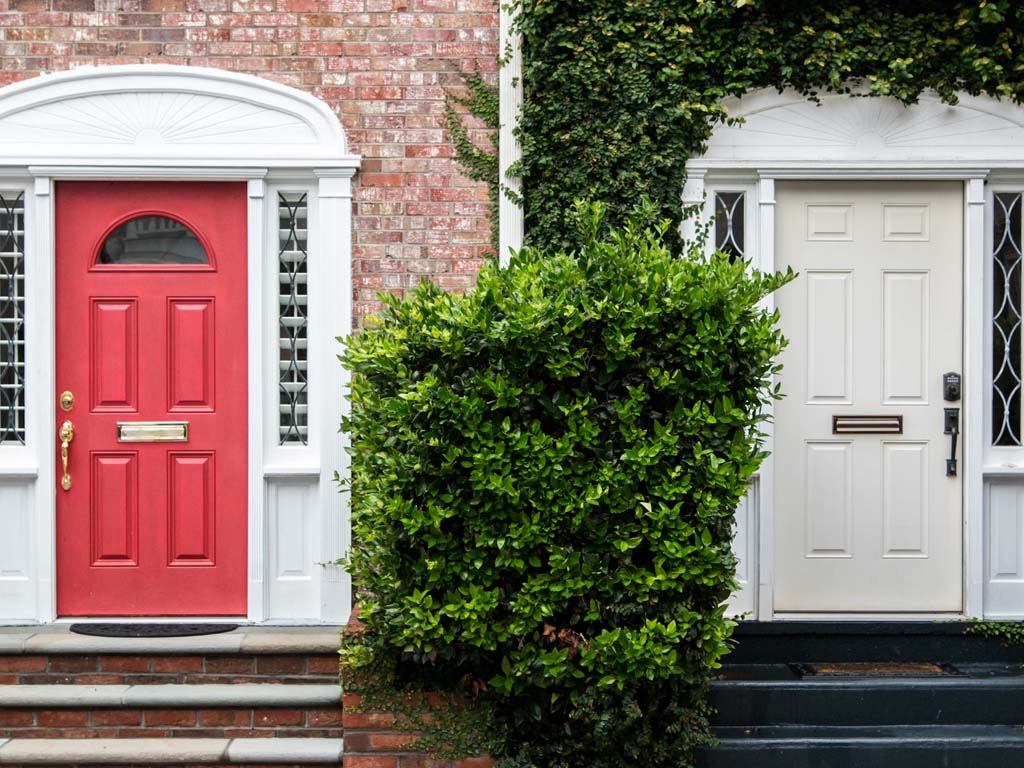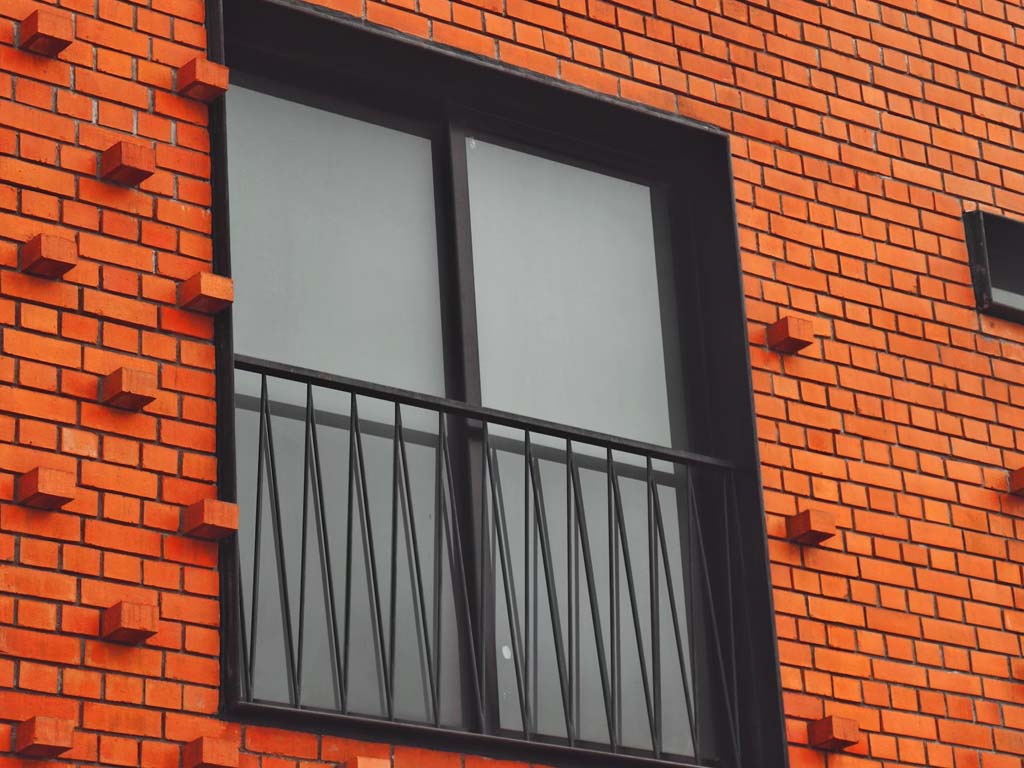Windows and doors are vital components of your home’s structure and aesthetics. They provide security, insulation, and curb appeal, while also allowing natural light into your living space. To ensure they continue to perform their functions effectively and last for many years, proper care and maintenance are crucial. Whether you have wooden, vinyl, aluminum, or fiberglass windows and doors, each material requires different care techniques to keep them in top condition.
In this comprehensive guide, we will walk you through essential maintenance tips for your windows and doors, helping you extend their lifespan, maintain energy efficiency, and keep your home secure.
1. Why Proper Maintenance Matters
Regular care and maintenance not only help preserve the appearance and functionality of your windows and doors but also contribute to the energy efficiency of your home. Drafty or worn-out doors and windows can lead to higher energy bills, while improperly sealed windows and doors can increase the risk of damage from moisture, pests, or extreme weather conditions.
By investing time in proper maintenance, you can prevent costly repairs or replacements, improve indoor comfort, and keep your home’s exterior looking fresh and inviting.
2. How to Care for Windows
Windows are exposed to the elements and need regular attention to maintain their performance and appearance. Here’s how you can care for different types of windows.
A. Cleaning Your Windows
The first and most basic step in maintaining your windows is regular cleaning. Dirt, grime, and buildup can obscure your view and cause scratches over time. Cleaning also helps you spot any early signs of damage that might require repair.
What You’ll Need:
– Mild soap or glass cleaner
– Soft cloth or microfiber towel
– Squeegee
– Ladders (for hard-to-reach windows)
Steps to Clean Windows:
1. Remove dust and cobwebs from the window frame and sill using a vacuum or brush.
2. Wash the glass using a gentle solution of water and mild soap or a commercial glass cleaner. Use a soft cloth to apply the solution and gently wipe the surface.
3. Use a squeegee to remove the cleaner from the glass. Start at the top and work your way down in a smooth, consistent motion to prevent streaks.
4. Clean the window frame and sill using a damp cloth. Be sure to dry them completely to prevent moisture buildup, which can lead to rot or mold.
B. Maintaining Window Frames
Different window frame materials require different maintenance techniques:
– Wooden Frames: Wooden frames need to be painted or stained regularly to prevent them from absorbing moisture. Inspect the wood for signs of rot or warping and repair or replace damaged sections promptly. Repaint or restain the frame every 3–5 years or as needed to protect it from the elements.
– Vinyl Frames: Vinyl windows are low-maintenance, but they should still be cleaned regularly. Use a gentle cleaner and avoid harsh chemicals that could damage the vinyl. Inspect for cracks, warping, or discoloration that may require repair or replacement.
– Aluminum Frames: Aluminum frames are durable but can accumulate dirt and corrosion over time. Clean them regularly and apply a coat of wax to help protect against corrosion.
– Fiberglass Frames: Fiberglass frames are resistant to rot and require minimal maintenance. Simply clean them with mild soap and water and inspect for any cracks or damage.
C. Checking for Drafts and Insulation
Poor insulation around your windows can lead to energy loss and higher heating or cooling costs. Periodically check for gaps, drafts, or broken seals around your windows.
How to Check for Drafts:
– Visual inspection: Look for visible gaps between the window frame and the wall or window pane.
– Feel for drafts: On a windy day, run your hand around the edges of the window to feel for cold air.
– The candle test: Light a candle and move it around the window frame. If the flame flickers or goes out near any areas of the window, you’ve found a draft.
If you find drafts, consider replacing weatherstripping, caulking gaps, or adding insulating window film. For older windows, upgrading to energy-efficient models may be a worthwhile investment.
3. How to Care for Doors
Just like windows, doors play a critical role in the security and energy efficiency of your home. Here’s how you can maintain different types of doors and ensure they stay in great condition.
A. Cleaning and Polishing Door Surfaces
Cleaning your doors is essential for both appearance and longevity. Over time, dirt, dust, and grime accumulate on the surface, making the door look worn. Regular cleaning will maintain its appearance and protect the finish.
What You’ll Need:
– Mild soap or wood cleaner (for wooden doors)
– Soft cloth or microfiber towel
– Polishing wax (for wooden or metal doors)
Steps to Clean and Polish Doors:
1. Clean the surface with a gentle solution of water and mild soap. For wooden doors, use a wood cleaner or conditioner to avoid stripping away the natural oils in the wood.
2. Dry the door completely with a soft cloth to avoid water damage.
3. Polish the door (for wood and metal doors) with a suitable wax or polish. This will help protect the surface and keep it looking new.
B. Lubricating Door Hardware
Doors with hardware like hinges, locks, and handles can become stiff or squeaky over time. Regular lubrication will keep everything moving smoothly and prevent wear.
What You’ll Need:
– Silicone-based lubricant or oil
– Rag
Steps to Lubricate Door Hardware:
1. Remove any visible dirt from the hardware using a cloth or small brush.
2. Apply a small amount of lubricant to the hinges, locks, and handles.
3. Move the door back and forth to ensure the lubricant spreads evenly.
C. Inspecting Door Seals and Weatherstripping
Door seals and weatherstripping play an essential role in keeping your home insulated and secure. Over time, seals can degrade, allowing drafts, moisture, or pests to enter your home.
How to Inspect and Replace Seals:
1. Examine the weatherstripping around the edges of the door. If it’s cracked, brittle, or missing, it needs to be replaced.
2. Check the door sweep (the strip at the bottom of the door) to ensure it’s properly sealing the gap. If it’s damaged or worn, replace it.
3. Test for drafts around the door (as described in the window section) to see if the seals need repair.
If the seals are in poor condition, replace them with high-quality weatherstripping to improve energy efficiency.
D. Checking for Warping or Damage
Wooden doors are particularly prone to warping or swelling due to changes in temperature and humidity. Periodically inspect your doors for any visible signs of warping, cracking, or splitting.
– Wooden Doors: Look for moisture damage such as swelling, cracks, or peeling paint. If the door is severely warped or cracked, it may need to be replaced.
– Steel and Fiberglass Doors: These materials are less likely to warp, but you should still check for dents or scratches. Small scratches can be repaired with touch-up paint, but larger dents may require professional repair.
4. Preventing Moisture Damage
Moisture is one of the biggest threats to both windows and doors, especially in areas with high humidity or extreme weather conditions. Here’s how to prevent moisture damage:
– Inspect caulking around windows and doors and reapply it if it’s cracked or missing. This will prevent water from seeping in around the frame.
– Check the drainage near doors and windows. Ensure that water flows away from the foundation of your home, as pooling water can lead to rotting and decay.
– Clean gutters regularly to prevent debris buildup that could block drainage and lead to water damage.
5. When to Call a Professional
While regular maintenance can keep your windows and doors in good shape, there are times when a professional is needed. If you notice significant damage, such as large cracks, warping, or issues with the frame, it’s best to call a specialist.
Signs You Need a Professional:
– Broken glass or cracks in window panes.
– Damaged frames that can’t be repaired.
– Sagging doors or difficulty opening and closing.
– Persistent drafts that weatherstripping can’t fix.
– Warping or structural damage to wooden doors.
6. Conclusion
Proper care and maintenance of your windows and doors not only enhance their appearance but also improve the energy efficiency, security, and overall value of your home. By cleaning them regularly, checking for damage, and addressing issues like drafts and moisture, you can ensure that your windows and doors continue to serve you well for many years.
Remember, small maintenance tasks performed regularly can help you avoid more costly repairs or replacements down the road, while keeping your home comfortable, safe, and beautiful.









